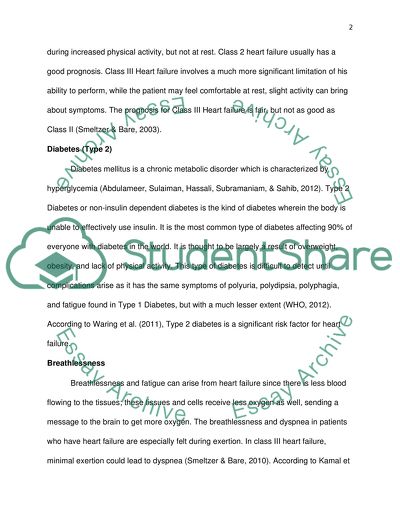Cite this document
(“Caring the Patients with Heart Failure and Type 2 Diabetes, Anorexia Research Paper”, n.d.)
Caring the Patients with Heart Failure and Type 2 Diabetes, Anorexia Research Paper. Retrieved from https://studentshare.org/nursing/1401894-essay
Caring the Patients with Heart Failure and Type 2 Diabetes, Anorexia Research Paper. Retrieved from https://studentshare.org/nursing/1401894-essay
(Caring the Patients With Heart Failure and Type 2 Diabetes, Anorexia Research Paper)
Caring the Patients With Heart Failure and Type 2 Diabetes, Anorexia Research Paper. https://studentshare.org/nursing/1401894-essay.
Caring the Patients With Heart Failure and Type 2 Diabetes, Anorexia Research Paper. https://studentshare.org/nursing/1401894-essay.
“Caring the Patients With Heart Failure and Type 2 Diabetes, Anorexia Research Paper”, n.d. https://studentshare.org/nursing/1401894-essay.


